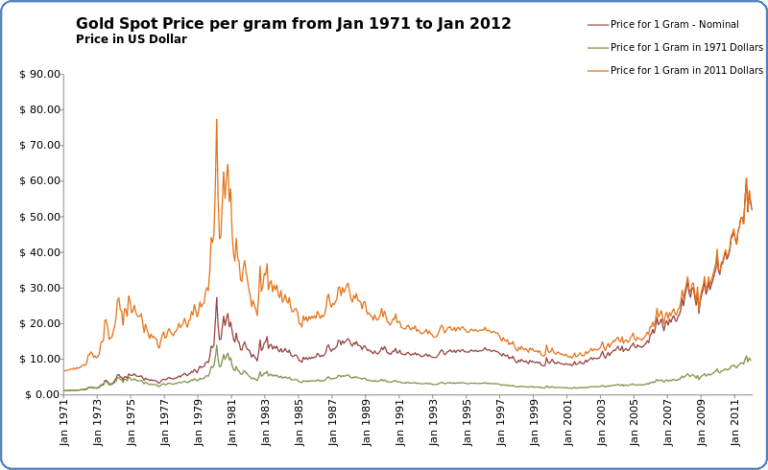5 Examples of Smart Cities and their Features Explained
Examples of smart cities are; Dubai, Singapore, Oslo, London, and Ohio.
It must be noted that these cities do not each possess all the typical, theoretical attributes of smart cities, but are defined here as smart cities based on their general socioeconomic architecture and functioning, especially when compared to the more conventional cities.
This article discusses some examples of smart cities and their defining features, as follows;
1). Dubai (as one of the Examples of Smart Cities)
Dubai is a smart and sustainable city, having been ranked as one of the smartest cities in the Middle East region [5].
The sustainability of Dubai can be attributed to its green economic initiative, which has laid the foundation for renewable energy development, ecosystem protection, green building, sustainable manufacturing and energy efficiency considerations.
Dubai is a smart city because its economic, environmental and social structures are well-integrated through smart devices, data management technology and Internet of Things (IoT).
There are multiple, advanced ideas of smart city development which have already been implemented in Dubai.
These include electronic commerce, sensor-based environment monitoring, and integrated clean transport with distributed energy resources management systems (DERMS). While these implementations have not all been effective or successful, they have collectively facilitated the technological advancements that make Dubai smart and sustainable.
Efforts to make the city eco-friendly have been based on energy transition, disaster management and pollution mitigation initiatives; which have been supported actively using modern technology, so that processes like electricity generation are optimized to reduce the risk of resource depletion, while preserving water, soil and air quality.
Lastly, smart housing and circular economy are among objectives behind the socioeconomic model of Dubai.
2). Singapore
Singapore is a smart city because it has effectively combined urbanization with innovation and regional smart technology development. This is proven by its ranking as the smartest city in the world in 2019 and 2020 [1].
One of the factors that arguably influenced the smart developments in Singapore is its lack of any significant amount of natural resources [3].
Occurring as an island city-state, it is also acceptable to describe Singapore as a smart nation or country. Such a description is unique, given the difficulty of implementing smart city concepts on a large scale.
Singapore has become a smart nation through concerted efforts to adopt sustainable development concepts like circular economy, eco-friendly technology and energy conservation; and to integrate the concepts into the administration and running of the nation at all levels.
While these efforts date back for several decades, major smart city developments in Singapore can be traced to the 2010s, with the improvement of artificial intelligence technology, and introduction of smart phones and advanced sensors.

3). Oslo (as one of the Examples of Smart Cities)
Like Dubai, Oslo; the capital of Norway, is a smart and sustainable city.
One of the factors that have helped to achieve seamless digital integration in Oslo is its relatively-small scale especially in terms of population.
There have been major investments in various smart city development initiatives in Oslo; including smart mobility, energy management, and energy-efficient lighting [4].
Environmental protection is also an important objective in the city, with efforts made to cut greenhouse gas emissions by switching to cleaner practices and technologies.
4). London
London can be described as a smart city due to the implementation of smart mobility, IoT commerce and other data-driven innovations in this city, especially in the twenty-first century.
Smart technology is significantly present in the educational, commercial, industrial, environmental and administrative sectors of London, with many of UK's investments, public projects and startups related to machine learning, data management and renewable energy being centered in the city.
Urban planning in London as of 2023 is aimed toward making it one of the smartest cities in the world.

5). Ohio (as one of the Examples of Smart Cities)
Columbus, Ohio, is a smart city in which innovative initiatives have been implemented in advanced smart technology [2].
These initiatives span across multiple areas including smart mobility and integrated urban planning.
Columbus is a planned city in which the administrative and economic structures are designed to support sustainability at all levels.
As a result of its current state of development, the city has received numerous grants for technological projects and problem-solving. It also serves as a model for smart urban development.
Conclusion
Some examples of smart cities are;
1. Dubai
2. Singapore
3. Oslo
4. London
5. Ohio
References
1). Ang-Tan, R.; Ang, S. A. (2021). "Understanding the smart city race between Hong Kong and Singapore." Public Money & Management 42(1):1-10. Available at: https://doi.org/10.1080/09540962.2021.1903752. (Accessed 24 January 2023).
2). Johnson, N.; Matthew, C. (2021). "Smart Cities for Technological and Social Innovation: Chapter 12 - Smart city technologies in the USA: Smart grid and transportation initiatives in Columbus, Ohio."Smart Cities for Technological and Social Innovation Case Studies, Current Trends, and Future Steps 2021, Pages 217-245. Available at: https://doi.org/10.1016/B978-0-12-818886-6.00012-5. (Accessed 24 January 2023).
3). Mahizhnan, A. (1999). "Smart cities: The Singapore case." Cities, Volume 16, Issue 1, February 1999, Pages 13-18. Available at: https://www.sciencedirect.com/science/article/abs/pii/S026427519800050X. (Accessed 23 January 2023).
4). Ruggieri, R.; Vinci, G.; Poponi, S. (2021). "Electric Mobility in a Smart City: European Overview." Energies 14(2):315. Available at: https://doi.org/10.3390/en14020315. (Accessed 24 January 2023).
5). Virtudes, A.; Abbara, A.; Sá, J. (2017). "Dubai: A Pioneer Smart City in the Arabian Territory." IOP Conference Series Materials Science and Engineering 245(5):052071. Available at: https://doi.org/10.1088/1757-899X/245/5/052071. (Accessed 24 January 2023).

